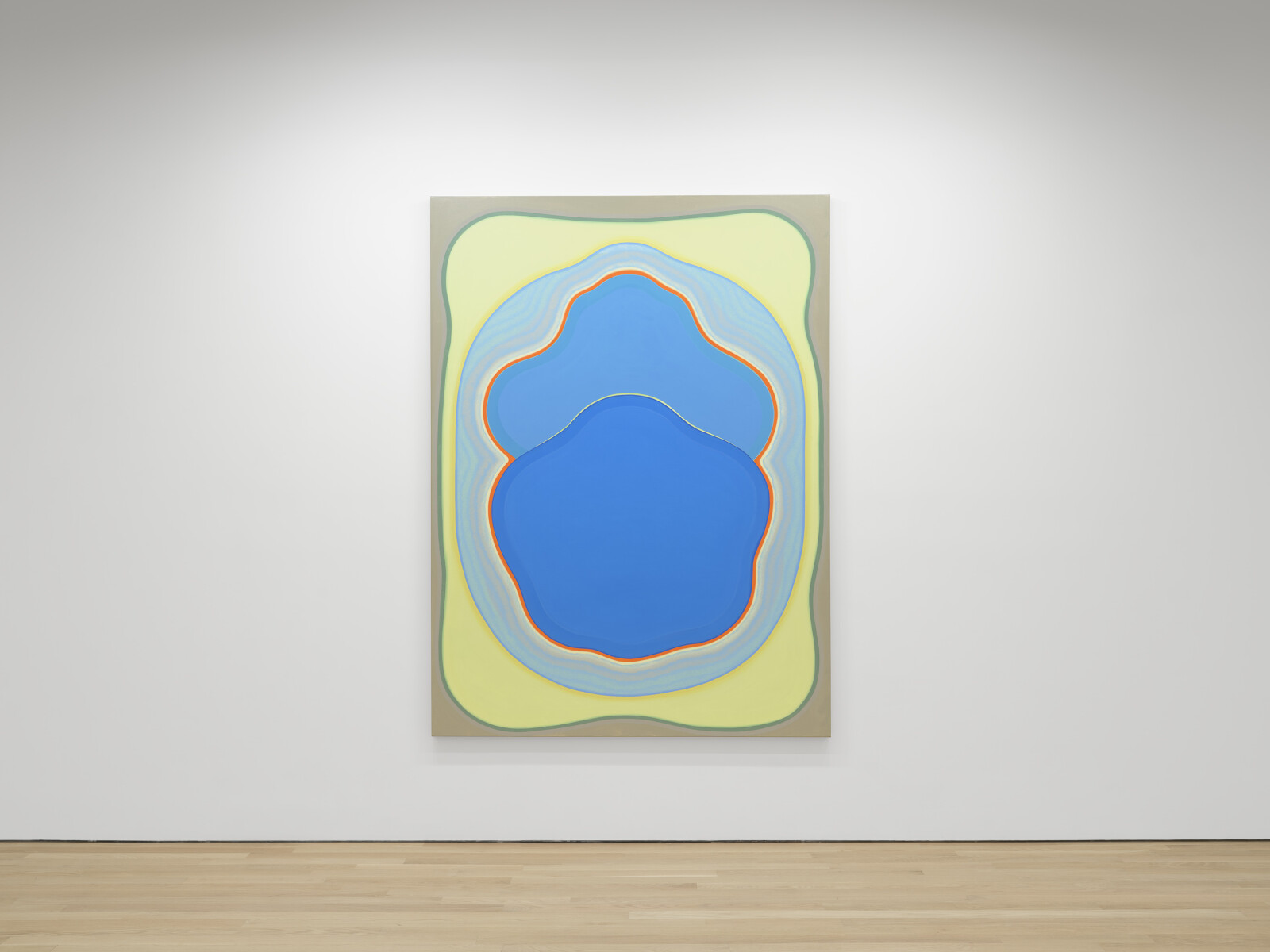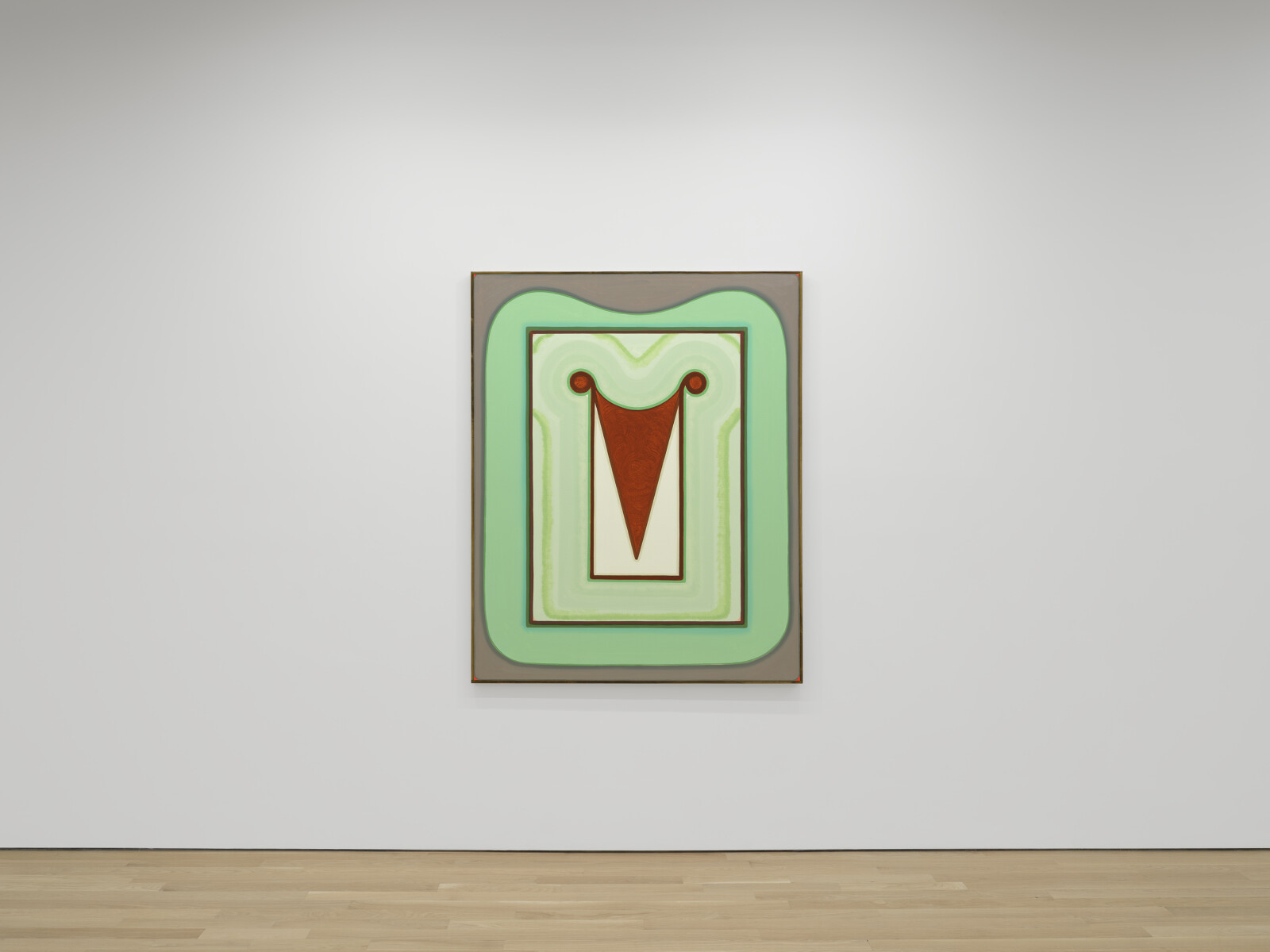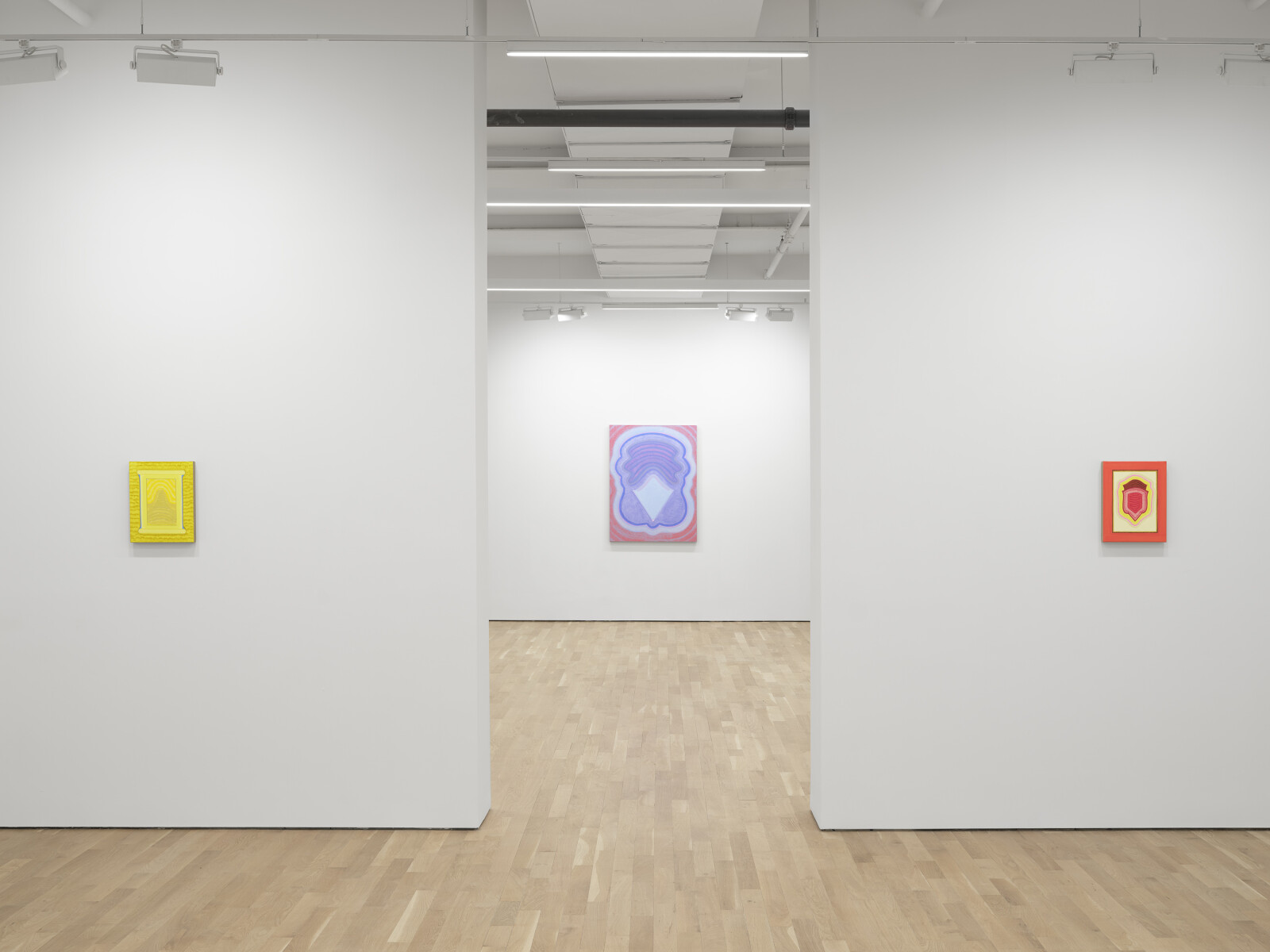Cultivist Conversations with Lily Stockman
08 Sep 2025Lily Stockman, born in 1982 in Providence, Rhode Island, is a Los Angeles-based painter whose abstract work is shaped by the rhythms and patterns of the natural world. Featured in the September issue of Vogue, she describes her paintings as luminous and meditative, their layered forms recalling the intricate architecture of medieval illuminated manuscripts. Her practice weaves together precise geometry and poetic atmosphere, linking landscapes from the Mojave Desert to the coast of Maine with broader historical and cultural references.
Lily has exhibited at Massimo De Carlo in London, Gagosian in Athens, and Fondation Le Corbusier in Paris. Her work is held in the collections of the Hirshhorn Museum, MOCA Los Angeles, ICA Miami, and the Orange County Museum of Art, where she was included in the 2022 California Biennial, along with many other museums across the U.S. Her fourth solo show has just opened at Charles Moffett in Tribeca, where last week Cultivist Club members had the opportunity to attend and hear her speak about her work in person.
Join us in conversation with Lily as she shares more about her practice.
Q: You are currently featured in Vogue. How has it felt to see your work framed in that context, reaching audiences beyond the traditional art world?
A: What an obscene privilege! Grace Edquist, who wrote the piece, had written about the ocean paintings by a dear friend of mine, the painter Julie Felsenthal, and so I was familiar with her sensitivity as a writer. The greatest honor for an artist is to have the attention of a brilliant writer shine their beacon across the surface of their work; to have Grace commit an essay about my practice in the pages of Anna Wintour’s last September issue of Vogue is almost too much!
Q: Your latest body of work is inspired by medieval manuscripts. What initially drew you to these objects, and how have they influenced the way you approach painting?
A: I’ve loved medieval art since I was an undergrad at Harvard and took art history courses at the Fogg Museum. Once a week we’d meet in the depths of the museum where the curators would pull objects from the vast collection for us to see and study in the flesh. The portable medieval altarpieces and books of hours were my favorite because as objects they still emanate a certain aura; they contained a palpable magical quality everyone in the room could feel. I remember walking past the Jasper Johns white flag painting, which felt completely dead to me, down into the seminar room to be greeted by a Sienese pearwood painting of angels and feeling an almost conspiratorial affinity with the nearly 500 year old painting, like, we’re still here.
Q: Reflecting on your career to date, is there a standout moment that you are particularly proud of?
A: Two years ago I walked through the wonderful Phoenix Art Museum and there was my giant diptych, Methusalah, hanging next to a phenomenal 1975 Deborah Remington painting called Dover. She’s a hero of mine, not as well known as she should be, and it was such an honor to have my work bask in the glow of her powerful painting in that room.
Q: Colour plays such a central role in your paintings, often carrying both atmosphere and structure. What draws you to particular palettes or combinations?
A: I keep a notebook with written color descriptions I see out in the world. Like after the fires in LA the apricot sunset glow had a sulphurous brown tinge to it. I kept writing about it, trying to describe it in words, then those colors and soft membrane between atmospheres crept into my paintings. I’m more and more interested in the friction between hard lines and soft blended spaces, and the most powerful way to explore that is through color.
Q: Are there any emerging artists you’re particularly drawn to?
A: I bought a painting by the young painter Claudia Keep from her first show at March Gallery, and have been following her ascent ever since. I have an 8 x 10 inch painting of mating ladybugs in dewy raspberry leaves, and it brings me a jolt of New England pleasure every day. And my incredibly talented sister Hopie Stockman, who paints under Hopie Hill, has been painting her whole life but only recently started showing her work inspired by Dutch still life painting, but with a very wry, psychological bent.


